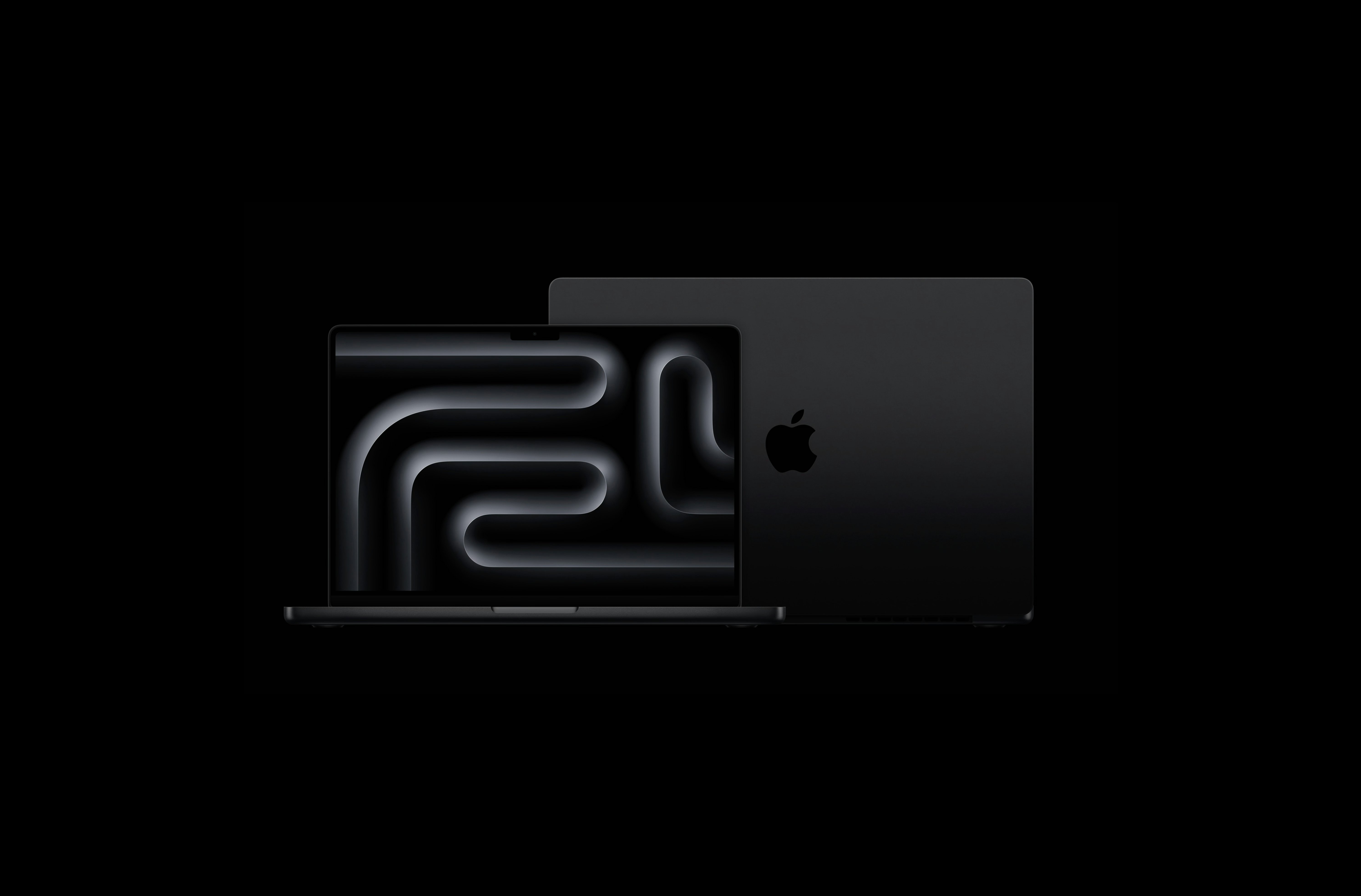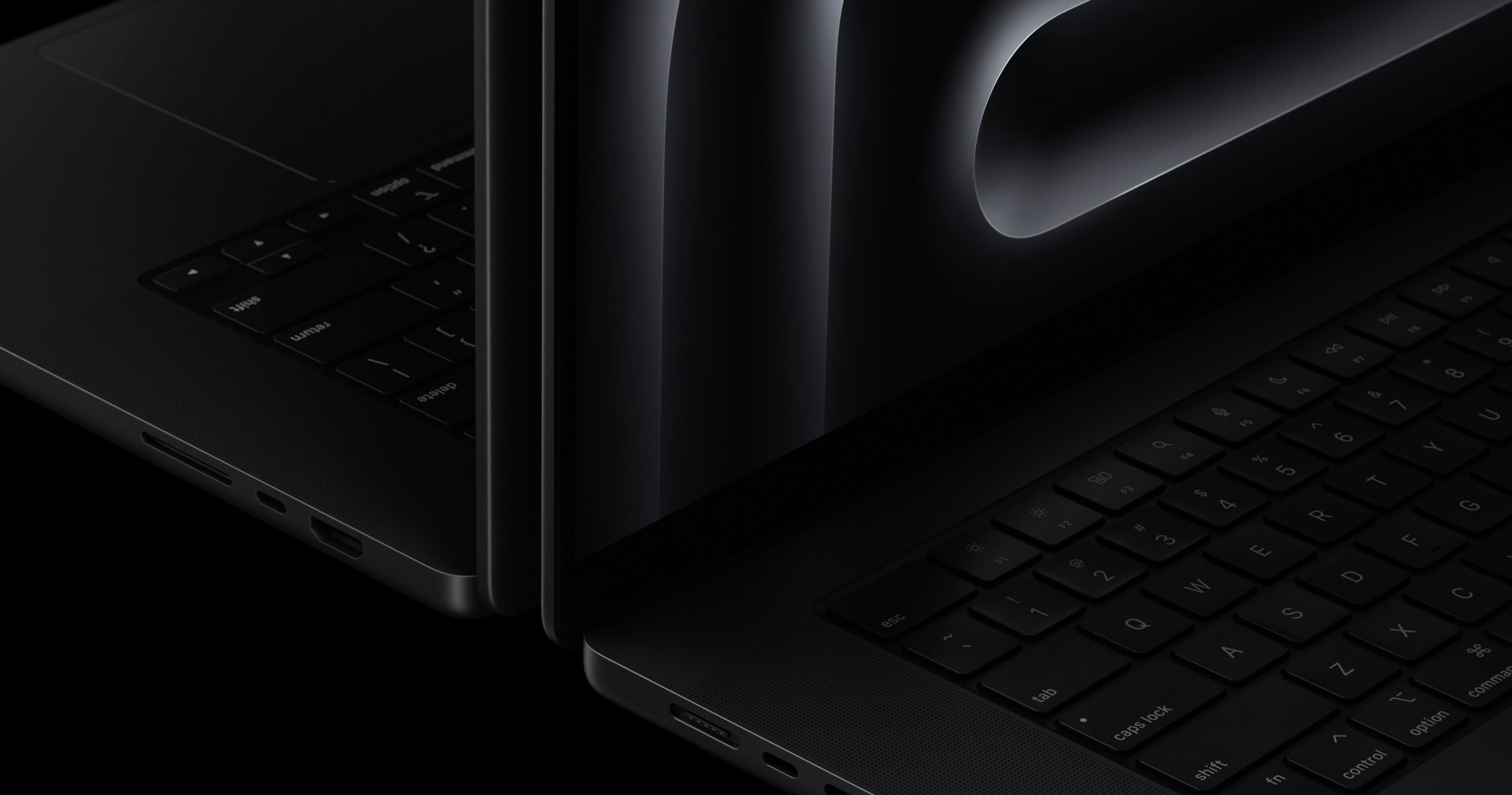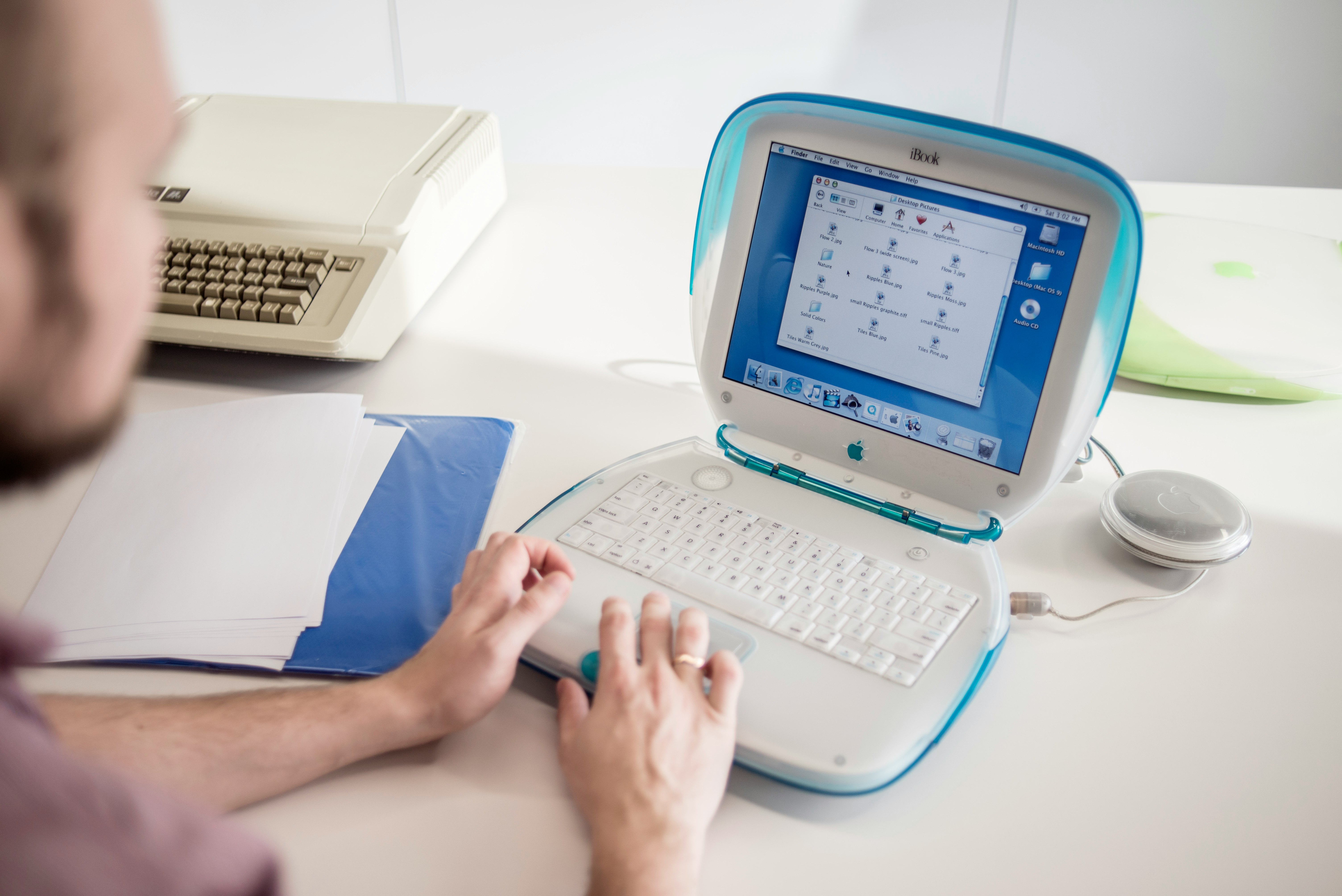
Apple announced quite a few things at its “Scary Fast” event: new MacBook Pros, new iMacs, new M3 chips. But mostly, it announced... black.
In case you haven’t heard the Apple diehards screaming from the highest nearby peak, the MacBook Pro now comes in space black. For the uninitiated, space black is like regular black but for an Apple product.
On one hand, the fervor of the space black MacBook Pro is classic Apple stansmanship (a word I just made up), but on the other, it’s... something I want to buy right now. But how? How can the color black be so powerful? Apple, that’s how.
Why is BlackBook Pro such a big deal

Here’s a little secret for anyone selling anything even remotely popular: stop selling it. That may sound counterintuitive, but hear me out.
We love scarcity — it’s nearly the crux of consumerism. It’s the carrot that brands dangle to get you to lust after a thing you may or may not need. How does that relate to the MacBook Pro? Well, if you’ve been paying attention to Apple for as long as we have, you’d know that this is actually not the first black MacBook to grace the lineup. Let’s go back 15 years ago.
In 2006, Apple began offering the first black MacBook (the first black Apple laptop distinction belongs to the G3 Powerbook) in its lineup. These were the years of polycarbonate, so yes, it was plastic. If you’re remembering that era-specific polycarbonate MacBook in its pristine (and iconic) shiny Apple white you can’t be blamed. The polycarbonate MacBook ran until 2011 while the black polycarbonate MacBook ran for just two years from 2006 to 2008. We barely knew thee.
That’s a short lifespan but was enough to make an impression apparently. “My buddy had the black one when we were in college. I was so [jealous],” a friend (who used to work for Apple) told me. And the internet agrees: The first-ever black MacBook Pro (yes, this is the first Pro model) made a splash.
In some ways, I get it. My first reaction was “I need this thing.” In other ways, the impact of black is also wild to me. For one, it’s a huge indicator of just how far Apple’s design language has come. Go to buy a MacBook nowadays and you’ll be greeted with neither white nor black. Silver is the name of the game — a transition that was popularized by the MacBook Air and a move toward an aluminum body.
And that silver, sleek, Apple logo-clad laptop has become just as iconic over time. It exudes professionalism, minimalism, and practicality — it says: I’m a strong, powerful laptop. And damn is it usually right.
Lost in all that austere minimalism, however, is the iBook G3. That big, floppy colorful mess that made early Apple design pop. Just take a look. It’s hard to believe this is the same company that makes “space black” a “fun” option.

And don’t get me wrong, I’m not complaining. These are different times and different machines. Apple grew up and so did we. The MacBook Pro is a serious machine that’s built for serious creators. The M3 chip is as much of a consumer-facing spec upgrade as it is a feat of engineering and computer science.
And if you want something “fun” color-wise you can actually still get it. In fact, the product I’m talking about actually shared the stage with the new MacBook Pro — I’m talking about the iMac, which comes in several different (non-silver) colors.
Sure, I guess there are actual practical advantages to the M3 MacBook in black; Apple says that it’s less prone to fingerprints because of the anodized body. But mostly, the hype around a black MacBook is simple. What was old is new again (read: rare), and if you’ve got enough money to spend (only MacBook Pros with the M3 Pro and M3 Max chips are available in space black), then why not spring for something different; something unique; something that says MacBook... but black?







